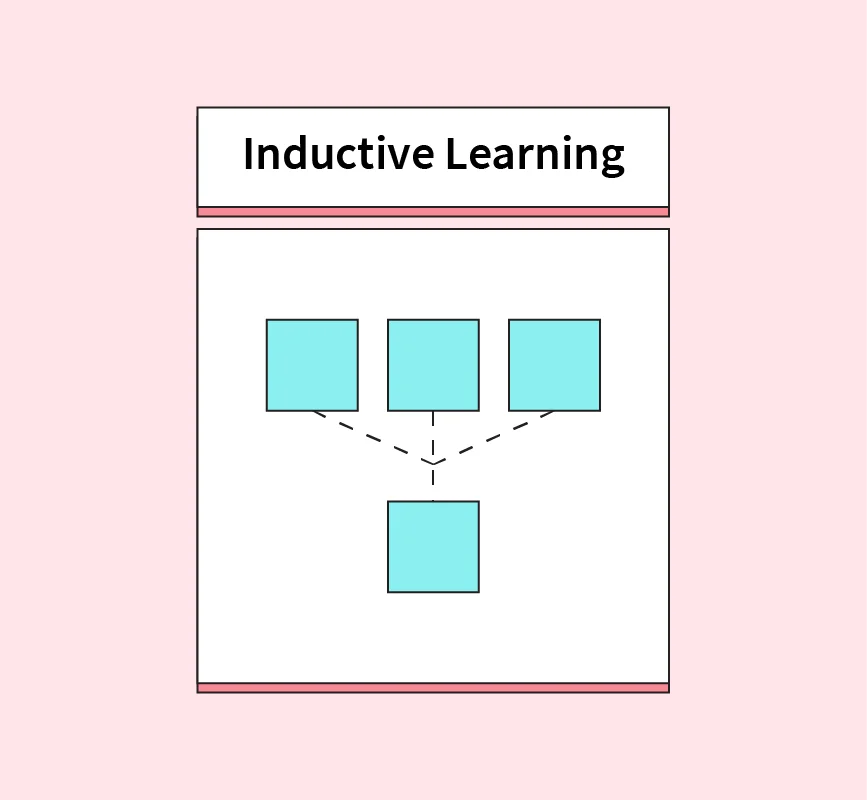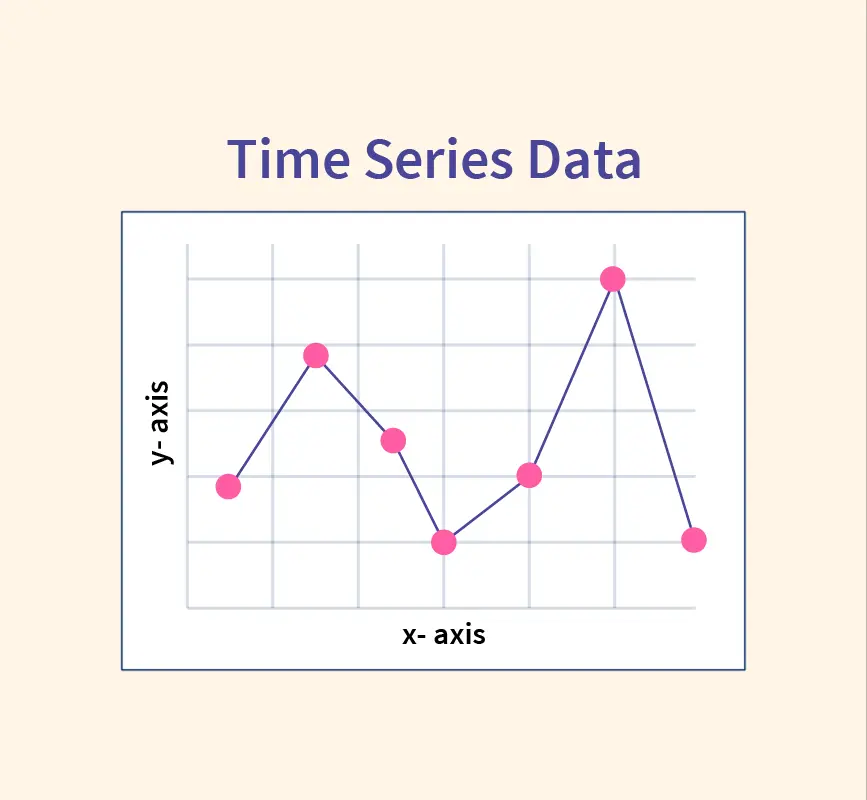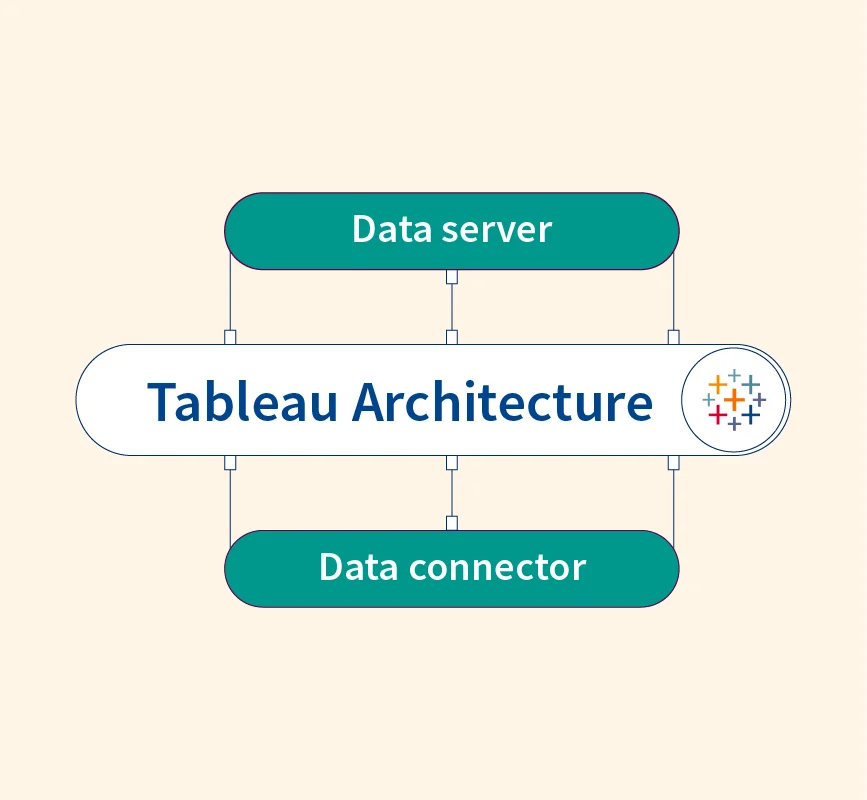Data science continues to thrive in 2025 as one of the most in-demand skills globally, driving innovation across industries. From healthcare to finance and e-commerce, data science applications are shaping decision-making processes and solving complex challenges. With the rise of machine learning and artificial intelligence, organizations are seeking skilled professionals who can work on real-world projects to uncover valuable insights.
This article provides a curated list of the best data science projects, categorized by difficulty level and complete with source code. Whether you’re a beginner just starting your journey or an experienced professional looking for advanced challenges, these projects will help enhance your skills and build a strong portfolio to impress potential employers.
Best Data Science Projects for Beginners
For beginners, starting with simple yet impactful projects is the key to building a strong foundation in data science. These projects focus on fundamental concepts, basic programming skills, and commonly used tools in the field.
1. Fake News Detection Using Python
Objective: Build a model to classify news articles as real or fake using natural language processing (NLP).
Key Points:
- Learn the basics of NLP and its applications in text classification.
- Use datasets like the Fake News Dataset for training and testing.
- Implement Python libraries such as NLTK, scikit-learn, and Pandas to build the model.
- Evaluate model accuracy using metrics like precision and recall.
Source Code – Fake news detection using python
2. Detection of Road Lane Lines
Objective: Identify lane markings on roads using computer vision techniques.
Key Points:
- Understand the role of computer vision in autonomous vehicles.
- Use Python’s OpenCV library for image processing tasks like edge detection.
- Apply techniques such as Hough Transform to detect lane lines.
- Address challenges like varying lighting and weather conditions.
Source Code – Detection of Road Lane Lines
3. Sentiment Analysis Project
Objective: Analyze textual data to determine sentiment (positive, negative, neutral), often applied to reviews or social media posts.
Key Points:
- Learn preprocessing techniques like tokenization and stop-word removal.
- Collect data from platforms like Twitter or e-commerce reviews.
- Use Python libraries such as TextBlob and scikit-learn to train sentiment analysis models.
- Evaluate model performance with classification metrics.
Source Code – Project on Sentimental Analysis
4. Speech Emotion Recognition
Objective: Identify human emotions from speech signals, useful in mental health monitoring or customer service.
Key Points:
- Understand audio signal processing and feature extraction.
- Work with datasets designed for emotion recognition.
- Train machine learning models to classify emotions.
- Explore ethical implications of using such systems.
Source Code – Speech Emotion Analyzer and Speech Emotion Recognition
5. Gender Detection and Age Prediction
Objective: Predict a person’s gender and age group from facial images using image classification techniques.
Key Points:
- Learn about facial recognition technologies and convolutional neural networks (CNNs).
- Use preprocessed datasets containing labeled facial images.
- Build and evaluate a CNN-based model using TensorFlow or PyTorch.
- Discuss the importance of addressing biases in the dataset.
Source Code – Gender Detection and Age Prediction
Intermediate Data Science Projects with Source Code
Intermediate projects require a moderate level of expertise and are ideal for those familiar with basic programming and machine learning concepts. These projects involve more complex datasets and algorithms, helping learners gain hands-on experience with real-world challenges.
6. Data Science Project on Detecting Forest Fire
Objective: Predict the likelihood of forest fires based on environmental factors.
Key Points:
- Explore datasets containing historical fire incidents and meteorological data.
- Perform feature engineering to identify key predictors like temperature and humidity.
- Implement machine learning models such as Random Forests or Support Vector Machines.
- Evaluate model performance using metrics like accuracy and F1-score.
Source Code – Detecting Forest Fire
7. Chatbot Development
Objective: Build an interactive chatbot capable of handling user queries, commonly used in customer service.
Key Points:
- Understand concepts like natural language understanding (NLU) and dialogue management.
- Use frameworks like Rasa or Dialogflow to design the chatbot.
- Train the bot with domain-specific datasets to improve relevance.
- Deploy the chatbot on platforms like WhatsApp, Slack, or websites.
Source Code – Developing Chatbots
8. Driver Drowsiness Detection
Objective: Monitor drivers’ alertness levels to prevent accidents using real-time video processing.
Key Points:
- Leverage OpenCV to detect facial landmarks and analyze eye state.
- Use machine learning models to classify drowsiness levels based on facial expressions.
- Integrate the system with vehicle dashboards for real-time alerts.
- Address challenges related to low-light environments and camera angles.
Source Code – Driver Drowsiness Detection and Driver Drowsiness Detection
9. Diabetic Retinopathy Detection
Objective: Identify diabetic retinopathy from retinal images to aid early diagnosis and treatment.
Key Points:
- Work with medical imaging datasets like those available on Kaggle.
- Preprocess images and build deep learning models using CNNs.
- Evaluate the model using metrics like sensitivity and specificity.
- Discuss ethical considerations, including patient privacy.
Source Code – Diabetic Retinopathy Detection and Diabetic Retinopathy Detection Topics
10. Credit Card Fraud Detection
Objective: Identify fraudulent transactions to enhance financial security.
Key Points:
- Explore credit card transaction datasets with features like transaction amount and location.
- Handle imbalanced datasets using techniques like oversampling (SMOTE).
- Train classification models like Logistic Regression, Decision Trees, or Neural Networks.
- Measure performance using metrics like precision, recall, and AUC-ROC.
Source Code – Credit Card Fraud Detection and Credit Card Fraud Topics
Advanced Data Science Projects with Source Code
Advanced projects require expertise in machine learning, deep learning, and large-scale data engineering. These projects challenge learners to solve complex problems using cutting-edge techniques and tools, making them ideal for experienced individuals looking to deepen their knowledge.
11. Climatic Pattern Analysis on Food Chain Supply Globally
Objective: Analyze how changing climatic patterns impact global food chains to assist policymakers and businesses.
Key Points:
- Use datasets from weather databases and food production statistics.
- Perform time-series analysis to identify trends and correlations.
- Apply machine learning algorithms to predict future impacts on food supply.
- Create insightful visualizations using Tableau or Power BI.
12. Breast Cancer Classification
Objective: Predict breast cancer types using medical imaging or biopsy data.
Key Points:
- Access datasets like the Wisconsin Breast Cancer Dataset or medical imaging repositories.
- Use feature selection techniques to improve model performance.
- Train advanced models such as Gradient Boosting or CNNs for classification.
- Address ethical concerns and the importance of explainability in medical AI.
Source Code – Breast Cancer Risk Prediction, Breast Cancer Classification, and Breast Cancer Classification Topics
13. Traffic Signal Recognition
Objective: Develop a computer vision system to recognize traffic signals for autonomous vehicles.
Key Points:
- Learn object detection techniques using datasets with labeled traffic signal images.
- Train models like YOLO (You Only Look Once) or Faster R-CNN for real-time detection.
- Test and integrate the system into autonomous vehicle simulations.
- Overcome challenges like occlusion and varied lighting conditions.
Source Code – Traffic Sign Detection, Traffic Sign Detection Using Capsule Networks, and Traffic Sign Recognition
14. Recommendation System for Films
Objective: Build a recommendation engine for personalized film suggestions based on user preferences.
Key Points:
- Use collaborative filtering and content-based filtering methods.
- Preprocess user and movie datasets for building the recommendation system.
- Implement algorithms like Matrix Factorization or Singular Value Decomposition (SVD).
- Evaluate recommendations using metrics such as precision and recall.
Source Code – Recommendation System for Films
15. Fraud Detection in Financial Transactions
Objective: Identify anomalous patterns in financial transactions to detect fraud.
Key Points:
- Work with transactional datasets containing fraud indicators.
- Apply anomaly detection methods like Isolation Forests or Autoencoders.
- Handle imbalanced data using SMOTE or undersampling techniques.
- Deploy the model as a real-time fraud detection system in financial applications.
Source Code – Credit Card Fraud Detection and Credit Card Fraud Topics
Other Important Data Science Projects
These additional projects are practical and versatile, covering a range of applications to further enhance your skills and understanding of data science.
1. Anomaly Detection in Time Series Data
- Objective: Identify unusual patterns in time-series data, such as system failures or irregularities.
- Key Points:
- Explore applications in financial data, manufacturing, and IoT.
- Use techniques like ARIMA, LSTM, or Autoencoders for anomaly detection.
- Handle real-world challenges such as missing data or outliers.
- Visualize anomalies using tools like Matplotlib or Tableau.
2. Sales Forecast Prediction – Python
- Objective: Build a predictive model to forecast sales based on historical data.
- Key Points:
- Use datasets like Walmart or Kaggle’s sales data for analysis.
- Apply time-series forecasting techniques such as ARIMA or Prophet.
- Engineer features to enhance model accuracy.
- Evaluate results using metrics like MAE (Mean Absolute Error) and RMSE (Root Mean Square Error).
3. Predictive Modeling for Sales or Demand Forecasting
- Objective: Create a model to predict sales or demand trends for better inventory management.
- Key Points:
- Utilize methods like XGBoost or Gradient Boosting for accurate predictions.
- Account for seasonality and trends in time-series data.
- Use dynamic visualizations to communicate actionable insights.
- Apply results to optimize supply chain strategies.
4. Air Quality Data Analysis and Dynamic Visualizations
- Objective: Analyze air quality datasets to uncover trends and create interactive visualizations.
- Key Points:
- Access datasets from AQI databases or government sources.
- Preprocess data for time-series analysis and visualization.
- Use Tableau or Power BI to create dynamic dashboards.
- Provide insights for urban planning and public health initiatives.
5. Gold Price Analysis and Forecasting Over Time
- Objective: Analyze historical gold price trends and forecast future values.
- Key Points:
- Study the relationship between gold prices and economic indicators.
- Apply time-series techniques like ARIMA and moving averages.
- Use Python or R to create predictive models.
- Provide actionable insights for financial market analysis.
6. Food Price Forecasting
- Objective: Predict food price fluctuations to aid in logistics and supply chain management.
- Key Points:
- Leverage datasets from FAO or World Bank for analysis.
- Apply machine learning techniques for regression tasks.
- Account for seasonality, regional differences, and weather patterns.
- Visualize predictions for better decision-making.
7. Housing Price Analysis and Predictions
- Objective: Predict housing prices based on factors like location, area, and amenities.
- Key Points:
- Use datasets like Zillow or Kaggle’s housing datasets.
- Engineer features such as square footage, neighborhood ratings, and school districts.
- Apply regression models like Linear Regression or Random Forest.
- Provide insights for real estate market analysis.
8. Market Basket Analysis
- Objective: Implement association rule mining to analyze consumer purchasing behavior.
- Key Points:
- Use the Apriori or FP-Growth algorithm for identifying purchase patterns.
- Work with transactional data from retail stores or e-commerce platforms.
- Provide recommendations for cross-selling and marketing strategies.
- Evaluate model performance using metrics like support and confidence.
9. Titanic Dataset Analysis and Survival Predictions
- Objective: Predict passenger survival on the Titanic based on socio-demographic data.
- Key Points:
- Clean and preprocess the Titanic dataset to handle missing values.
- Apply machine learning algorithms like Logistic Regression or Decision Trees.
- Visualize survival probabilities based on key features such as age and gender.
- Evaluate results using classification metrics like accuracy and F1-score.
10. Iris Flower Dataset Analysis and Predictions
- Objective: Build a model to classify iris species based on flower measurements.
- Key Points:
- Use datasets to visualize feature relationships with scatter plots or pair plots.
- Implement classification algorithms like KNN or SVM.
- Evaluate model performance using metrics like precision and recall.
- Create visualizations to present findings effectively.
11. Customer Churn Analysis
- Objective: Predict customers likely to leave a business and reduce churn rates.
- Key Points:
- Use datasets containing customer behavior metrics.
- Apply classification techniques like Logistic Regression or Random Forest.
- Identify influential features such as subscription duration or usage frequency.
- Develop strategies for customer retention based on insights.
12. Car Price Prediction Analysis
- Objective: Predict used car prices based on factors like mileage, age, and brand.
- Key Points:
- Explore datasets from platforms like Kaggle for vehicle details.
- Use regression models like Ridge or Lasso Regression for prediction.
- Engineer features like car condition, fuel type, and market demand.
- Visualize predicted prices to aid buyers and sellers.
13. Indian Election Data Analysis
- Objective: Analyze historical election data to study trends and voter behavior.
- Key Points:
- Work with datasets from the Election Commission or Kaggle.
- Use geospatial tools like Geopandas to visualize regional voting patterns.
- Identify correlations between demographics and voting outcomes.
- Provide insights for political campaign strategies.
14. HR Analytics to Track Employee Performance
- Objective: Develop a model to analyze employee performance and predict attrition.
- Key Points:
- Use employee datasets to study performance trends.
- Apply clustering techniques like K-means to group employees by performance.
- Predict attrition using classification algorithms.
- Provide actionable insights for HR management.
15. Product Recommendation Analysis
- Objective: Build a recommendation system to suggest products to customers.
- Key Points:
- Use collaborative filtering and content-based filtering methods.
- Train algorithms like Matrix Factorization for personalized recommendations.
- Evaluate recommendations using precision, recall, and F1-score.
- Apply findings to e-commerce platforms for better user engagement.
16. Web Scraping Movie Data from IMDb
- Objective: Extract movie data from IMDb to analyze trends and create a recommendation engine.
- Key Points:
- Use Python libraries like BeautifulSoup or Scrapy for web scraping.
- Process movie metadata to identify popular genres, directors, or actors.
- Build a recommendation system based on user preferences.
17. Building a Personal Expense Tracker
- Objective: Develop a system to track and analyze personal expenses.
- Key Points:
- Fetch real-time data using APIs for integration with financial platforms.
- Categorize expenses and visualize monthly trends.
- Use tools like Matplotlib or Power BI to create interactive dashboards.
18. Building a Weather Dashboard
- Objective: Create a real-time weather dashboard for visualizing current conditions and forecasts.
- Key Points:
- Access weather APIs like OpenWeatherMap for real-time data.
- Design an interactive dashboard using Dash or Streamlit.
- Add features like alerts for extreme weather conditions.
19. Building an E-commerce Sales Dashboard
- Objective: Visualize sales and customer insights for an e-commerce platform.
- Key Points:
- Analyze sales data to identify top-performing products and regions.
- Create visualizations for metrics like revenue, sales trends, and customer demographics.
- Use Tableau or Power BI for building dynamic dashboards.
20. Building a Customer Segmentation Model
- Objective: Group customers into segments based on purchasing behavior.
- Key Points:
- Use clustering techniques like K-means or Hierarchical Clustering.
- Analyze purchase history to identify customer segments.
- Provide insights for targeted marketing campaigns.
21. Deploying a Machine Learning Model with FastAPI
- Objective: Deploy a machine learning model as an API for real-world applications.
- Key Points:
- Use FastAPI to create a RESTful API for your ML model.
- Host the API on cloud platforms like AWS or Google Cloud.
- Allow integration with web or mobile applications.
Conclusion
Hands-on data science projects are crucial for building skills and showcasing your expertise. From beginner projects like Fake News Detection to advanced ones like Fraud Detection, these projects cover a range of real-world applications. They help you master tools, programming, and machine learning techniques while solving practical problems.
Starting with simpler projects allows you to build confidence before tackling more advanced challenges. These projects not only enhance your knowledge but also create a portfolio to impress potential employers.
Begin your journey by exploring these project ideas, experimenting with source code, and sharing your results to gain feedback and recognition. Take the first step today to advance your data science career!


